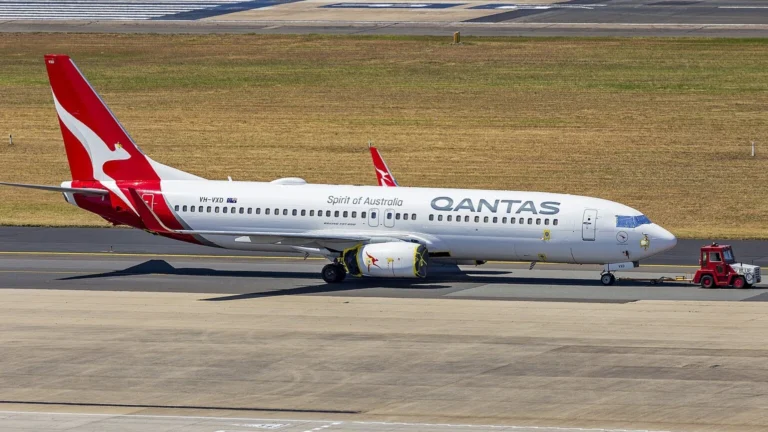SYDNEY- A Qantas (QF) Boeing 737 passenger service from Sydney (SYD) to Brisbane (BNE) encountered severe unexpected turbulence on May 4, 2024, injuring 3 cabin crew members and exposing critical communication failures between flight and cabin crews.
The aircraft experienced turbulence while descending through cloud cover at approximately 11,400 feet, just one minute after pilots illuminated the seatbelt signs.
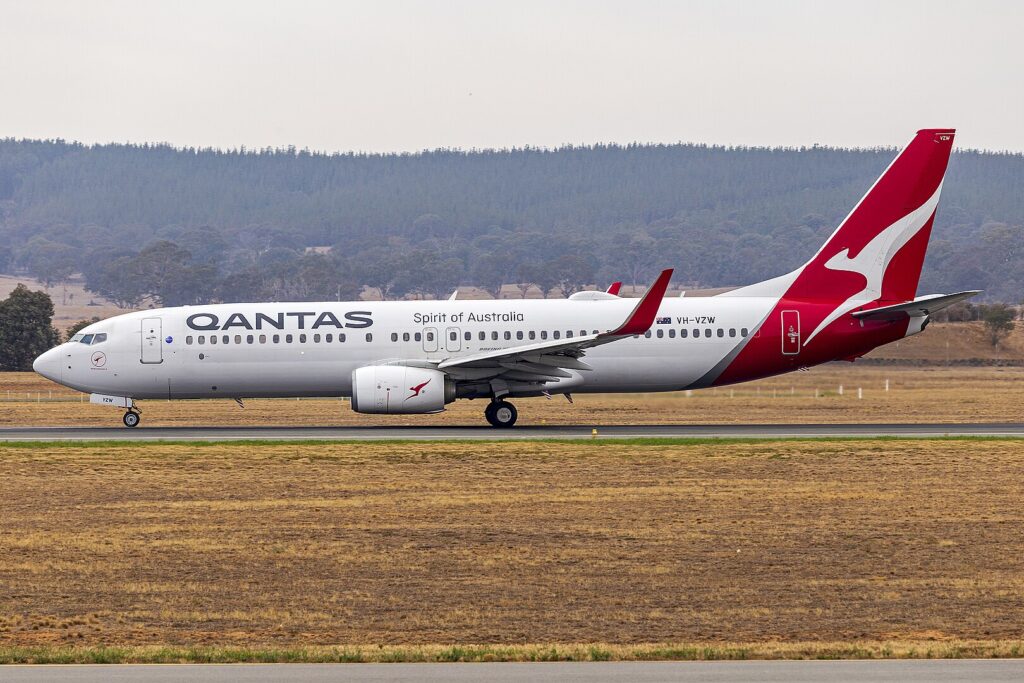
Qantas Flight Turbulence Incident
The pilots anticipated mild turbulence during descent but failed to communicate these expectations to the cabin crew.
The captain remained unaware of the severity of the approaching weather conditions, according to the Australian Transport Safety Bureau (ATSB) investigation report.
Three of the four cabin crew members sustained injuries when the severe turbulence struck while they performed routine pre-landing duties.
Two crew members received minor injuries, including facial trauma and concussion, while the third suffered a fractured ankle that rendered her immobile on the rear galley floor.
The injured crew members were performing standard procedures after the seatbelt signs activated, including checking lavatory occupancy and ensuring passenger compliance with safety requirements. Their unrestrained status during the turbulence event directly contributed to the severity of their injuries.
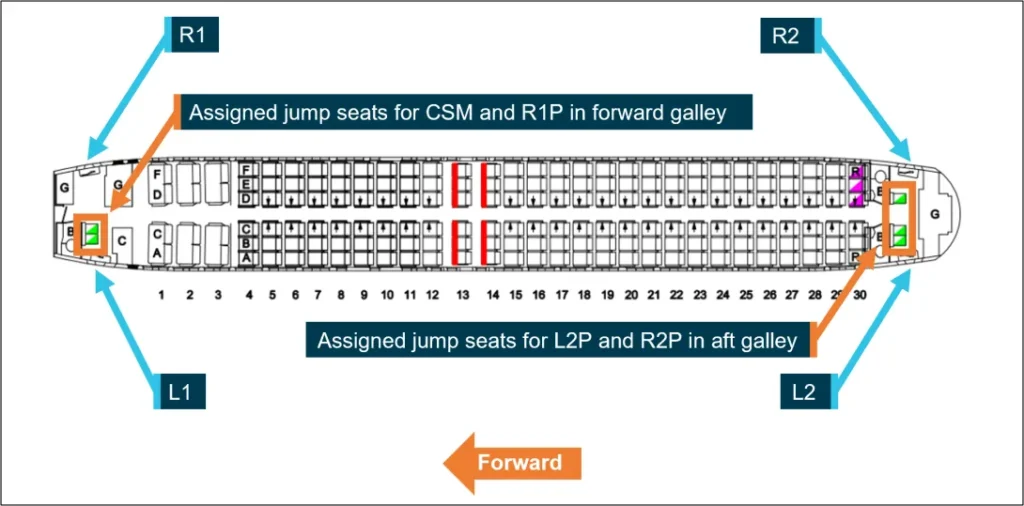
Dangerous Landing Configuration
Four individuals remained unrestrained during the subsequent landing approach despite repeated captain instructions.
Two cabin crew members, including the customer service manager, and two passengers—one off-duty cabin crew employee and one travelling doctor—stayed with the seriously injured crew member in the rear galley throughout the landing sequence.
The captain issued two separate directives for all uninjured personnel to return to their seats, but proceeded with landing under the assumption that the cabin had been secured.
Qantas procedures require the customer service manager to inform the flight crew when the cabin cannot be secured for landing, yet this critical communication failed to occur effectively.
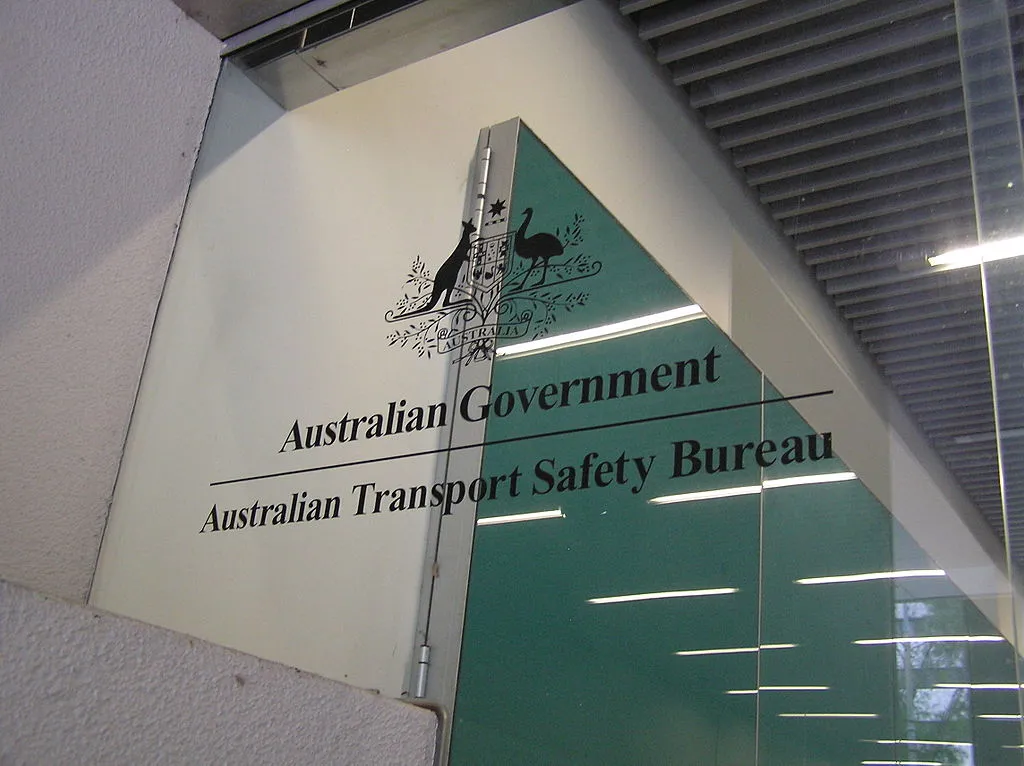
Communication Breakdown
ATSB Director Transport Safety Dr Stuart Godley emphasised the elevated risk created by the unrestrained individuals during landing.
The situation compromised the cabin crew’s ability to manage potential emergency scenarios during the critical flight phase.
The investigation revealed that differing understandings between flight and cabin crews regarding cabin status increased risks of delayed responses and misaligned decision-making.
The captain reported no recollection of receiving requests for additional preparation time before landing.
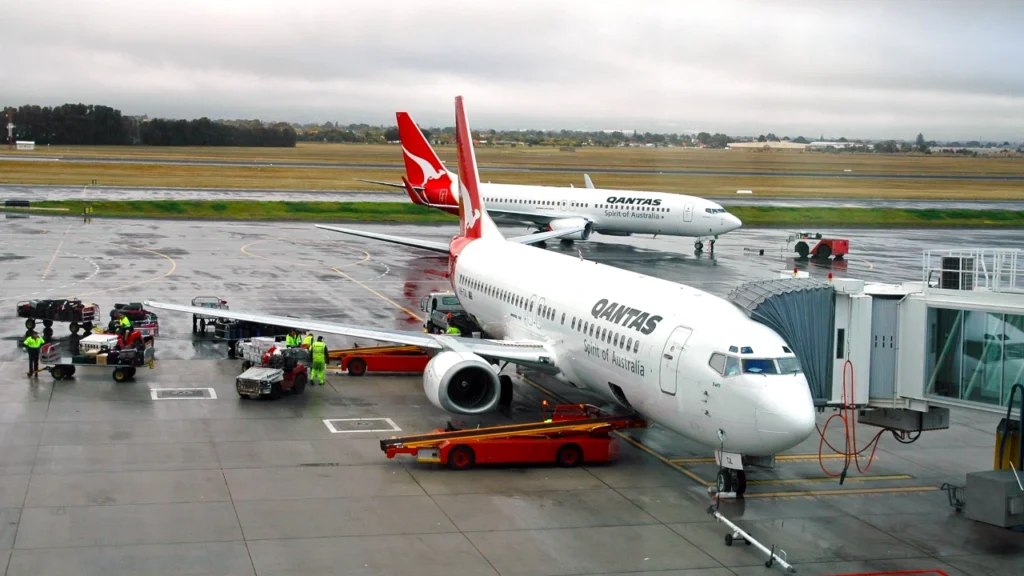
Medical Assessment Failure
Post-incident medical care revealed significant procedural gaps in crew health management. While ambulance personnel attended to the seriously injured crew member upon arrival in Brisbane (BNE), the two other injured crew members received no immediate medical assessment or treatment.
One crew member self-diagnosed their facial injury the following day, while another operated multiple flights while experiencing unrecognised concussion symptoms.
The affected crew member remained unaware of the concussion diagnosis until receiving proper medical evaluation days later.
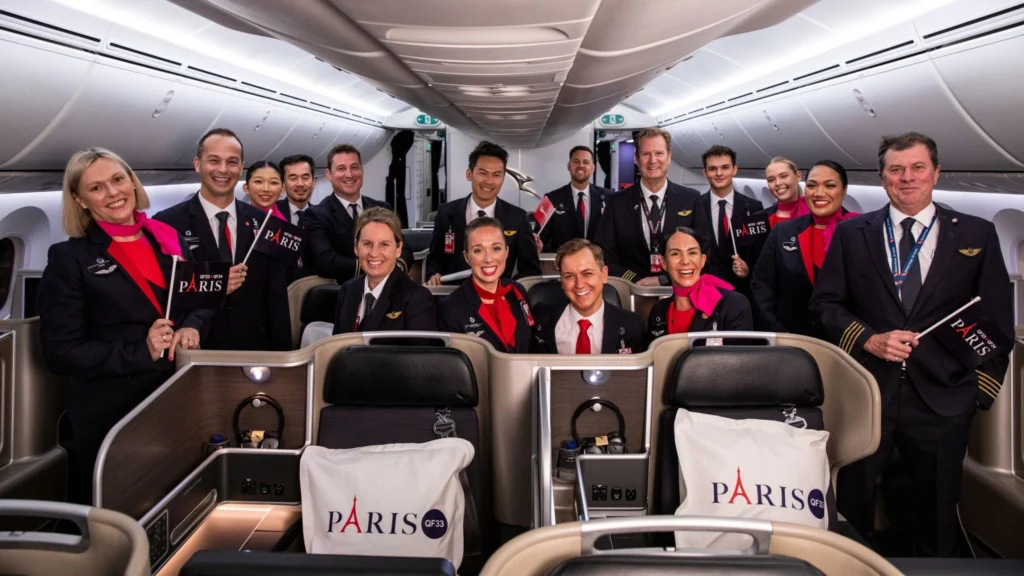
Operational Changes
Qantas responded by updating post-incident notification protocols to mandate immediate consultation with the airline’s on-call doctor following significant cabin crew injuries or illness.
The carrier implemented additional controls requiring fitness assessments for crew members after turbulence events or unplanned aircraft movements.
The new procedures ensure medical professionals evaluate crew fitness before authorising return to duty, addressing the dangerous gap that allowed injured personnel to continue working while compromised.
Industry-Wide Safety
Statistical data demonstrates that cabin crew sustain nearly 80 per cent of serious turbulence-related injuries in airline operations, with most incidents occurring during cabin preparation for landing.
The findings underscore the critical importance of enhanced communication protocols between flight and cabin crews.
The investigation emphasises that effective coordination must extend beyond pre-flight briefings to include continuous communication throughout flights, particularly during periods of increased operational complexity and workload demands.
Stay tuned with us. Further, follow us on social media for the latest updates.
Join us on Telegram Group for the Latest Aviation Updates. Subsequently, follow us on Google News

